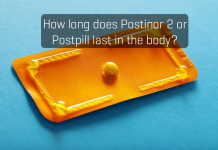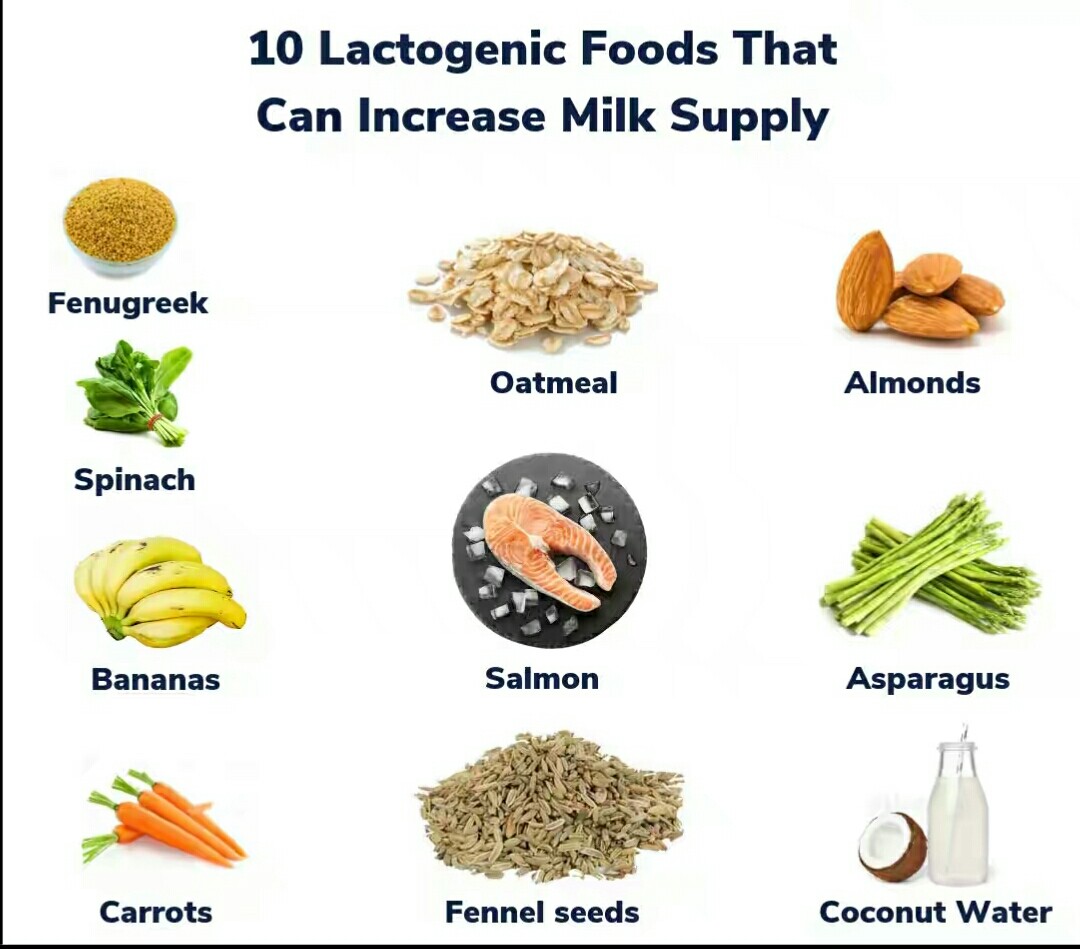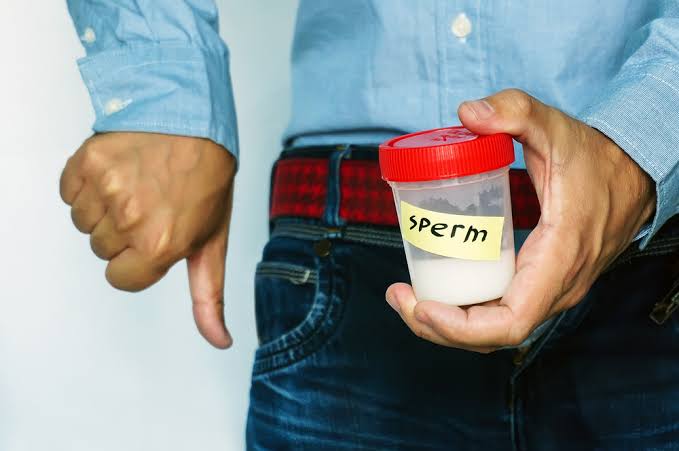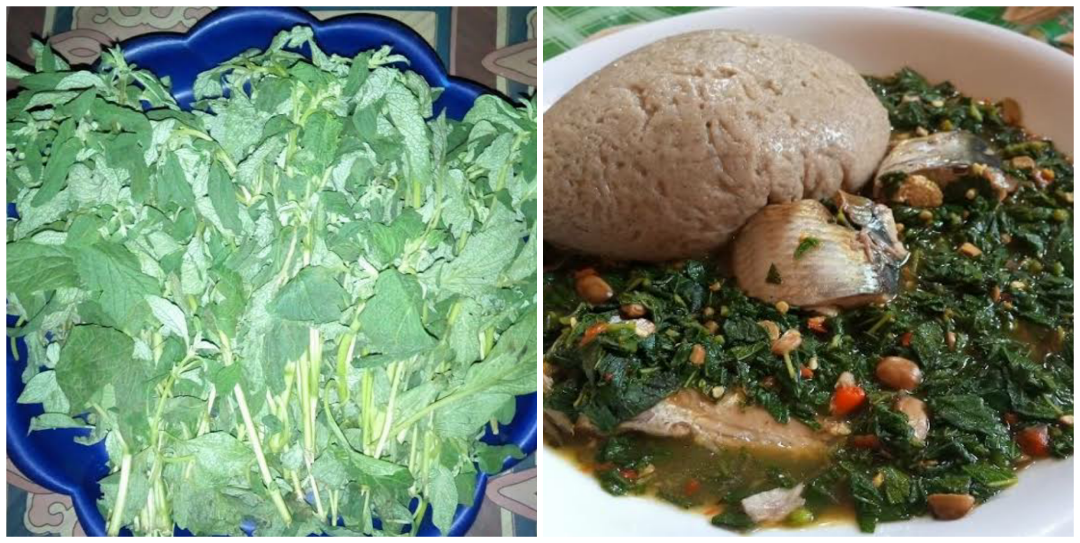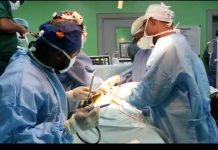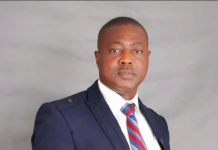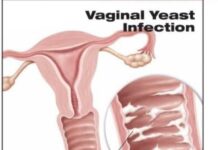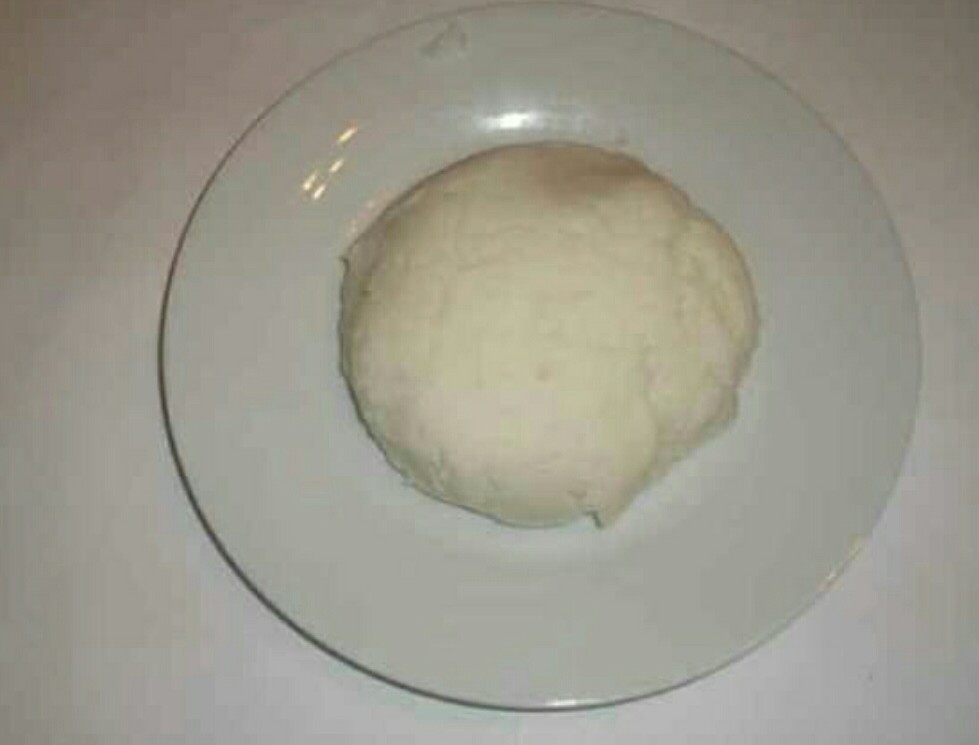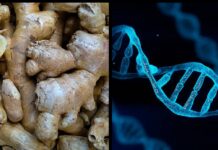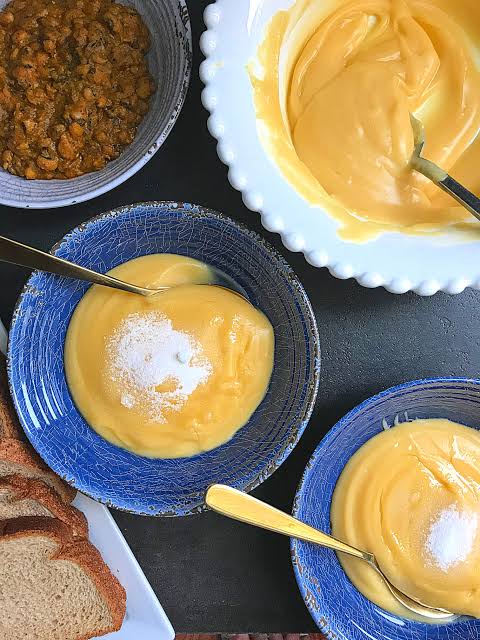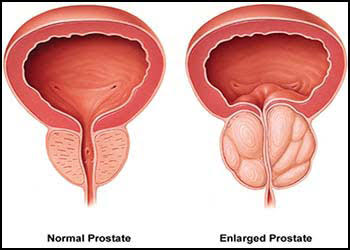An article on medical treatment for symptomatic Benign Prostatic Hyperplasia (BPH) including some investigated herbs for prostate enlargement.
The patients for medical therapy are first investigated and carcinoma of the prostate excluded before drugs can be introduced.
The ideal candidates are those with International Prostate Symptom Score (IPSS) under 19 with bothersome symptoms. It should not be offered to patients with absolute indication for surgery such as haematuria, stones, recurrent retention, uraemia or recurrent UTI.
Patients on drugs for symptomatic prostate enlargement are carefully followed up for continuation or change in therapy if complications requiring surgery set in.
1. Alpha Adrenergic Blockers
Clinical BPH is caused mainly by dynamic obstruction of bladder neck by stromal smooth muscle contraction due to alpha-adrenergic receptor stimulation and static obstruction from the bulk of the fibromyoadenoma. A-blockers when used relax bladder neck and prostate smooth muscle thereby increasing urine flow. Multicentric placebo controlled studies have shown that statistically significant decreases in baseline obstructive and irritative as well as total IPSS scores occur with correct doses of alpha-adrenergic blockers.
The current recommended drugs are long-acting alpha-1-adrenergic blockers like terrazosin, alfuzosin and doxazosin and the selective alpha lA tamsulozin.
The doses are titrated from Img to a maximun of 10mg at night depending on the individual response. The
clinical response is rapid and dose-dependent. Clinically significant lowering of blood pressure occurs in hypertensives.
Side-effects are minor and reversible and include a flu-like syndrome and
dizziness. Syncope attacks may occur with the first dose or higher doses in less than 0.5% of patients.
Patients should take the drugs at night and lie flat for 30 minutes afterwards.
Tamsulozin is taken in the morning.
The drugs are expensive but they are effective for medical therapy of symptomatic benign prostatic hyperplasia.
2. Androgen Suppression
The rationale is to reduce the
level of dihydrotestosterone and thereby shrink the prostate
volume so as to relieve the static obstruction.The drugs which have been used include:
i) 5-Alpha reductase inhibitors:
These are finesteride (proscar) and episteride and are offered to patients with a large prostate. They inhibit 5-alpha reductase, an enzyme required for conversion of testosterone
to its active form 5-DHT, thereby depriving the BPH of androgens and so causing its regression.
The side-effects include loss of libido and erectile dysfunction. Double blind controlled studies show that even though they reduce prostate volume by 20%, the overall reduction in IPSS score is about 1 unit fall and peak flow rate (PFR) fall is 1ml/sec and patients remain obstructed after its use. Its effect also takes a long time, about 3 months or more, to manifest. Another problem with finesteride is that it reduces PSA levels by 50%. Therefore, the PSA level should be checked before treatment is started and patients with > 4ng/mI should have a biopsy of the prostate first.
The PSA values of patients on it should therefore, be multiplied by two to get the true value so that carcinoma of the prostate is not missed.
ii) Zanoterone(100-800mg qid): This is a steroid competitive androgen receptor antagonist. It has only a minimal effect on prostate volume and PFR falls by only 0.7ml/sec with little change in IPSS and bothersome symptoms. Its side-effects include breast pain and gynaecomastia.
iii) Flutamide (100 – 250 mg tid): It is an androgen receptor antagonist. It has no significant effect on IPSS score, PFR and bothersome symptoms.The anti-androgens are under investigation and have not proved efficacious in the treatment of BPH and their side-effects include breast pains and gynaecomastia. Finesteride treatment has minimal effect on IPSS and PFR.
3. Combination Therapy
This involves the use of combination of alpha adrenergic blockers (now found to be effective therapy for BPH) and anti-androgens in therapy for BPH. Combination of finesteride and an alpha receptor blocker like terrazosin give only slight additional benefit to patients.
4. Aromatase lnhibitor (AJamestame)
As oestrogen causes stromal hyperplasia, inhibition of
oestrogen levels by an aromatase inhibitor should lead to diminution of prostate volume. But PFR studies with atamestane showed it had no effect on PFR and prostate volume.
5.Phytotherapy(herbal medication)
Various plant extracts have been used empirically to treat lower urinary tract symptoms due to BPH.
Their clinical value and safety have not been scientifically demonstrated but they have improved IPSS and PFR.
The list of important herbs for symptomatic prostate enlargement include:
i) Hypoxis roopers (South African grass). There is long-term improvement in IPSS, QOL, PFR and PVR.
ii) Urtica SPP (stinging nettle).
iii) Sabal serrulatum (dwarf palm).
iv) Serenoa repens B (American dwarf palm).
v) Cucurbitapepo(pumpkinseed).
vi) Pygeum Africannum (African plum) etc.
vii) Bitter leaf
viii) Bitter kola
ix) Pineapple
x) African Star Apple (Agbalumo)
xi) Ayurvedic
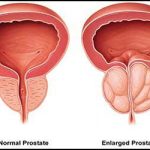
Credit: Ayurhelp
Some improvement in PFR and IPSS has been reported.
Sources:
Principles and Practice of Surgery by Badoe.




